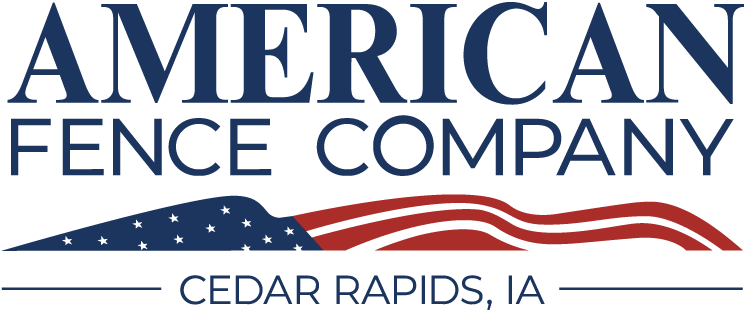Experts on Wood Fencing in Cedar Rapids!
Whether you are going to install a wood fence yourself or hire the work completed; you will have to decide on the type and species of wood you want to use. Start with the post.
1. Look into what is available for species. There are several new species of wood fence posts available from your fence contractor and the box stores.
2. Research treated southern yellow pine? This is the most available and least expensive route to go. These southern yellow pine posts are treated with ACQ2, an environmentally safe chemical that will assure these posts will last for years. These posts are prone to twisting and warping. Once you have removed the posts from the bundle; you should install these as quickly as possible and build your fence. This will assist in controlling some of that bowing and twisting. These posts are also known to develop vertical cracks called “checks” which is the post way of relieving the pressure of the pressure treated applied chemical. These posts are not a good option if you are going to stain your fence as the stain does not absorb well over the treatment.
3. Then there is treated white pine? These posts are available through your more reputable fence contractors. More expensive than a yellow pine, white pine is treated with the same treatment. These posts however are less likely to bow and twist when compared to the yellow pine. The white pine responds differently to the pressure treatment and typical develops some slight twisting. The white pine will develop vertical cracks called “checks.” White pine treated posts are not typically a good option for staining and do have a slight green tint.
4. Also available is western red cedar? These posts are tough to find. As old growth western red cedar is restricted from cutting, only new growth is readily available. This makes supplies limited at a high price point. Mills are electing to mill western red cedar for other more high end uses like siding and decorative beams. What is available in western red cedar fence post is primarily sap wood. This is the outward rings of the tree that are alive and do not carry those natural preservatives found in heartwood. These posts do not last. Western red cedar is sought after for its unlikely nature to bow, bend and or twist.
5. Don’t forget about incense cedar? These posts are available through some box stores and reputable fence contractors. This is an excellent selection if you want the look of cedar and are determine to stain your fence. Incense cedar is grown in the southern part of the United States. Blonde in color, incense cedar is lighter than western red cedar. As there is an large supply of incense cedar, fence posts will be cut from a mix of sap and heartwood. These posts have several of the same characteristics of western red cedar in that the posts are unlikely to significantly bow, bend and or twist.
6. Finally lodge pole pine? Gaining in popularity, this type is very comparable to the white pine. Lodge pole pine must be pressure treated when installing in dirt. Generally Light in color, lodge pole pine will have a green tint following treatment.

